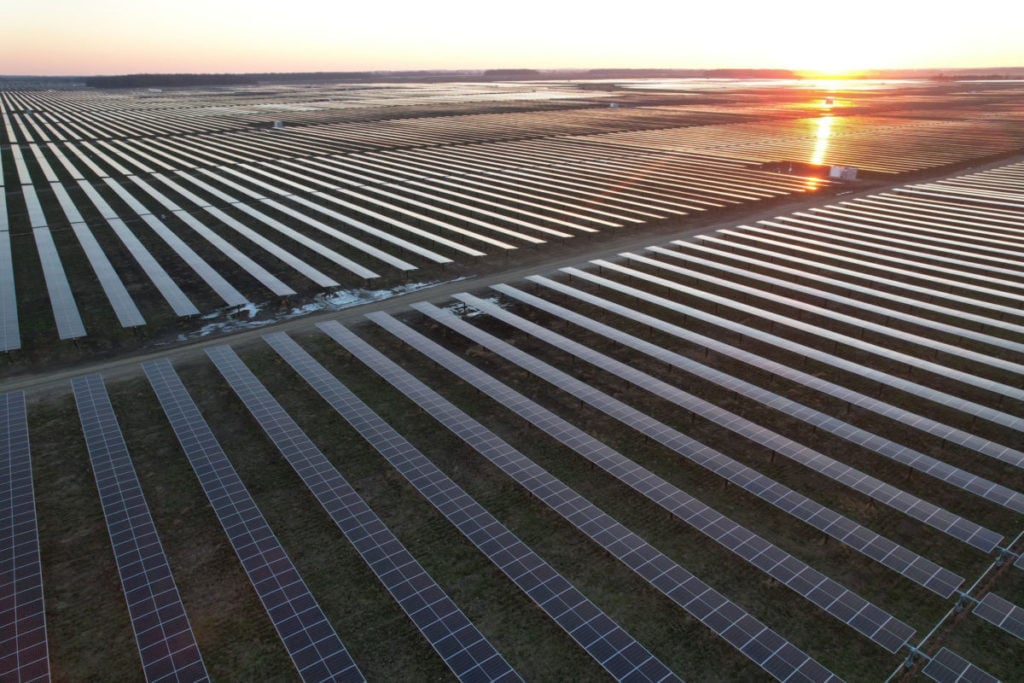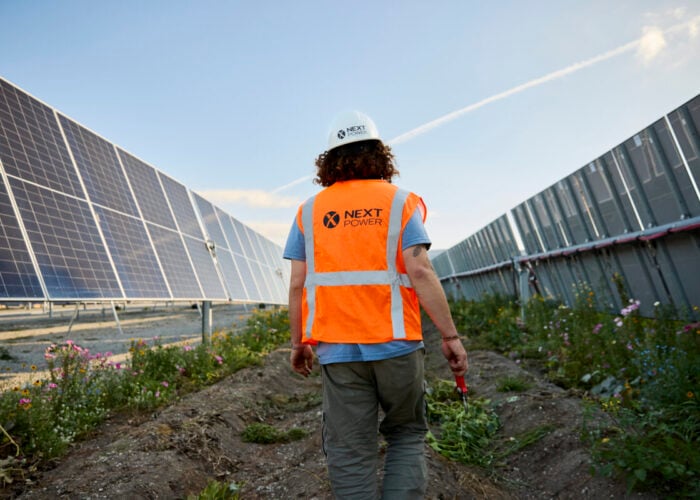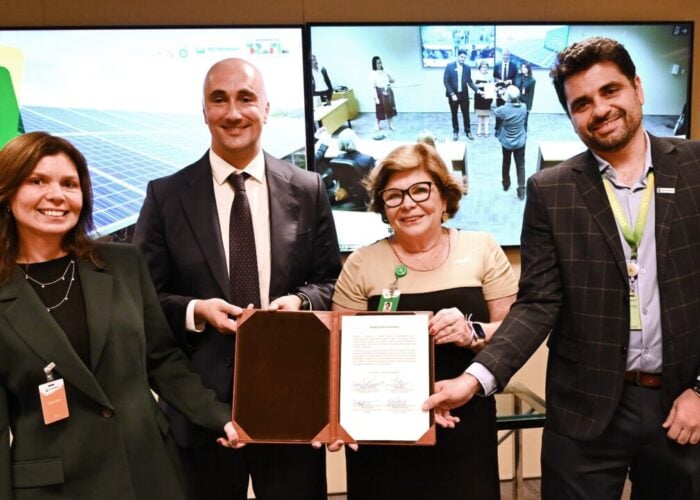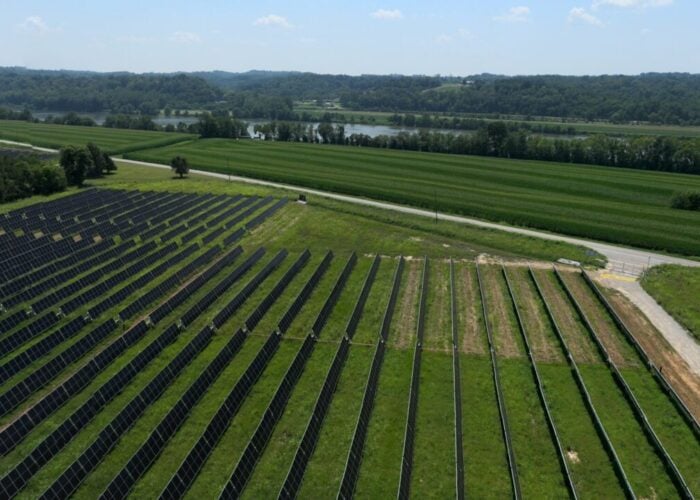
The Business Council for Sustainable Energy (BCSE) has released its latest report into the US energy sector, which has found that the US installed a record of 35.3GW of new solar capacity in 2023.
The ‘Sustainable Energy in America 2024 Factbook’, produced in conjunction with Bloomberg New Energy Finance (BNEF), reports that, in 2023, the US broke a number of new renewable energy records, including the addition of 42GW of new renewable power generation capacity, alongside 35MW of new biomass and waste-to-energy capacity.
Try Premium for just $1
- Full premium access for the first month at only $1
- Converts to an annual rate after 30 days unless cancelled
- Cancel anytime during the trial period
Premium Benefits
- Expert industry analysis and interviews
- Digital access to PV Tech Power journal
- Exclusive event discounts
Or get the full Premium subscription right away
Or continue reading this article for free
The figures for the solar sector are among the most encouraging. The US utility-scale solar sector added 23.7GW of new capacity, alongside 11.6GW of capacity in the commercial and industrial and residential rooftop sectors.
This was around five times the capacity of new wind installations, which accounted for around 7GW of new capacity, and marks the eighth consecutive year that installed solar capacity has exceeded that of wind.
While wind continues to lead the US renewables sector, accounting for 44.1% of renewable energy generation capacity, solar is quickly growing as wind installations stall. The graph below shows how new solar and wind installations have changed since 2011. According to the report, grid connection issues have affected the wind sector, especially in states with more mature wind markets, to a greater extent than the solar sector, suggesting that inadequate grid infrastructure is the driving force behind this change.
The BCSE report also highlights encouraging developments for adjacent industries, such as manufacturing and battery storage. According to the report, since the implementation of the Inflation Reduction Act (IRA), US developers have invested US$123 billion into energy manufacturing projects in the country, with 34 facilities planned for both the solar and storage sectors.
This has translated to a 28% year-on-year increase in battery storage manufacturing capacity between 2022 and 2023, with the US now holding 114GWh of lithium-ion battery manufacturing capacity. However, the report also notes that in 2023, China overtook the US to become the largest storage market in the world, despite developers commissioning 7.5GW of new battery storage facilities in the US. Companies will need to accelerate the pipeline from battery facility construction to commissioning if the US is to regain first place, the report said.
Similarly, the US continues to rely heavily on importing solar modules from overseas, suggesting that the US has not yet built an independent solar supply chain that can meet its energy demands without reliance on foreign support. In the first 11 months of 2023, the US imported over 50GW of PV modules, an increase of 144% over the same period in 2022, and at a total cost of US$17.2 billion.
While legislation such as the Uyghur Forced Labor Prevention Act has minimised the US’ exposure to modules produced directly in China, Southeast Asia continues to dominate US module imports, with 24.7% of imported modules coming from Vietnam in 2023, the most of any country. India is the only the only market outside of Southeast Asia in the top six, accounting for 10% of module capacity imports.
Growing overcapacity concerns
Indeed, efforts made by US actors to further domestic manufacturing could also have negative impacts on the solar sector more broadly. Other figures from BNEF, published earlier this year, suggests that the record-breaking renewable investments made in 2023 could lead to an oversupply of solar modules and a contraction of manufacturing.
“There’s quite a lot of capacity that’s planned, but there is a lot of uncertainty about whether or not those factories will actually be brought online, and that’s due to the overcapacity [and] the oversupply situation we’re in today,” said Antoine Vagneur-Jones, head of trade and supply chains at BNEF, speaking at a webinar held last week.
“When we look at what’s needed under a net zero scenario … [and] what factories are needed to meet global demand in these more ambitious climate scenarios that BNEF has developed, is pretty minimal when you compare it to what’s planned.”
This emphasis on investments in capacity additions, as opposed to adjacent infrastructure such as grid connection capacity, has raised questions about the ability of major markets, such as the US, to actually meet some of their clean energy targets. Last year, the Federal Energy Regulatory Commission launched new guidelines to accelerate the grid connection process, following the publication of figures that in 2022, 947GW of solar capacity alone had been built, but was waiting for connection to the US grids.
“We already have enough solar capacity to meet demand for the next few years, and that’s also true of batteries,” added Vagneur-Jones, suggesting that more attention needs to be paid to power infrastructure, rather than just generation capacity additions. “When we compare it to what’s been announced, we’ve really got a surfeit of announcements, which means that we’ve got over US$469 billion of overcapacity investment planned over the next three years.”






